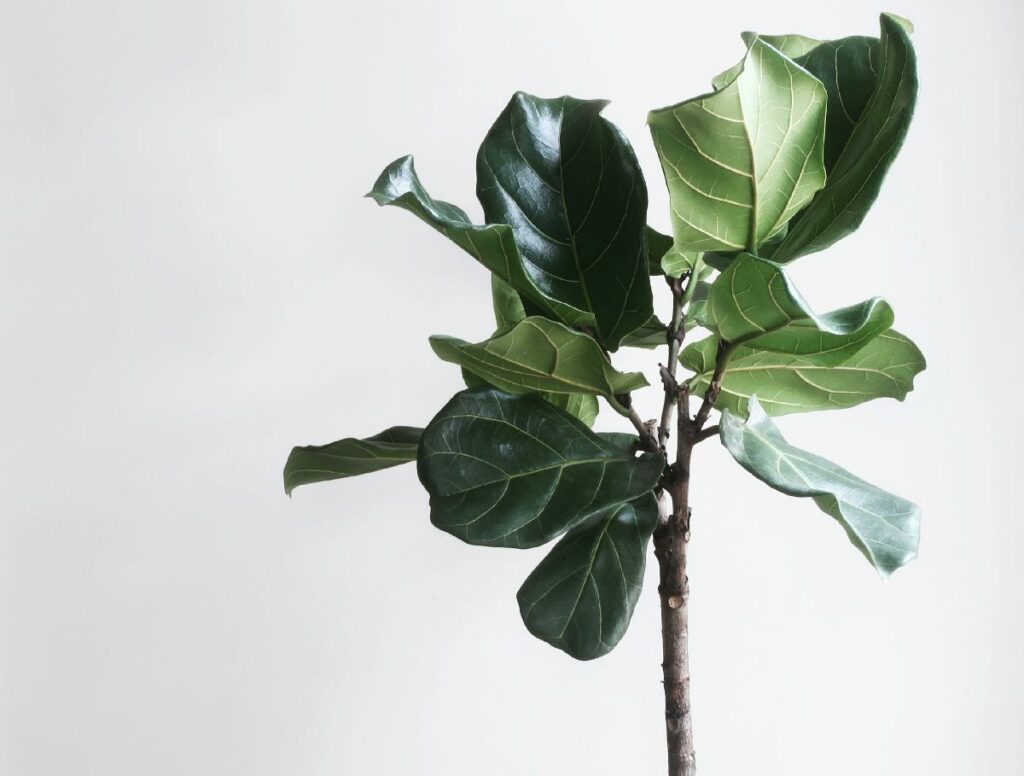The Fiddle Leaf Fig plant has been gaining popularity in recent years due to its stunning appearance and ability to add a touch of greenery to any space. These plants are native to the tropical regions of Africa and are known for their large, violin-shaped leaves that can grow up to 18 inches long. While purchasing a Fiddle Leaf Fig can be quite expensive, propagating them is a cost-effective way to expand your collection or share them with friends and family. In this article, we will guide you through the process of propagating a Fiddle Leaf Fig plant, from selecting the right cutting to caring for your new plant. With a little patience and care, you can successfully propagate your own Fiddle Leaf Fig and enjoy its beauty for years to come.
Understanding the Anatomy of a Fiddle Leaf Fig Plant
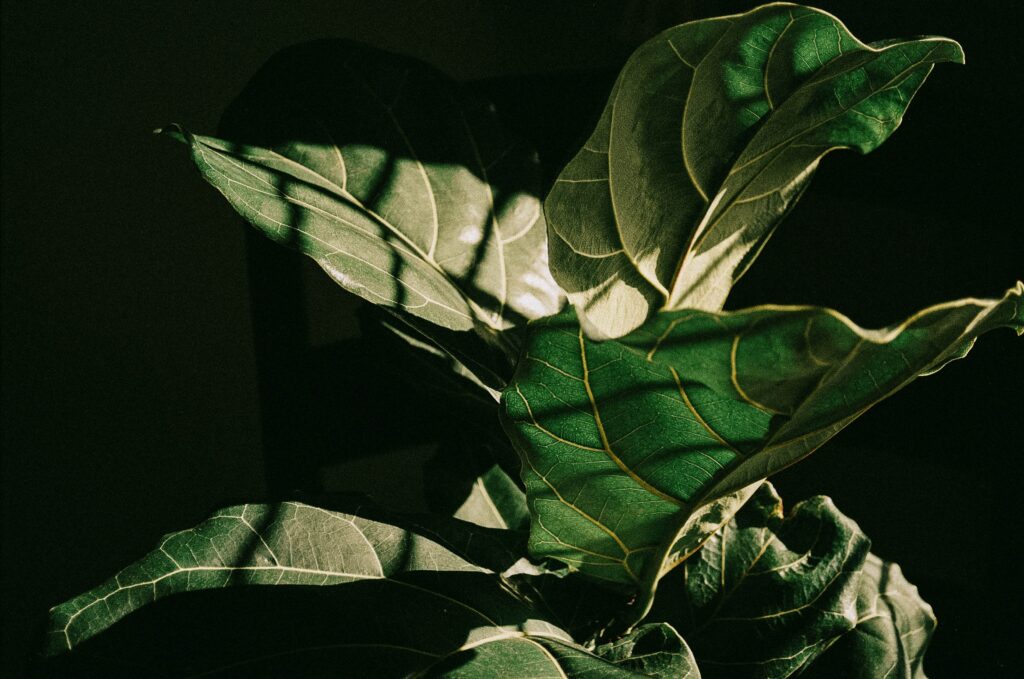
In order to successfully propagate a Fiddle Leaf Fig plant, it is crucial to have a deep understanding of its anatomy. The Fiddle Leaf Fig plant, scientifically known as Ficus lyrata, is a tropical plant that originates from West Africa. Its leaves are large, glossy, and shaped like violins, with the potential to grow up to 18 inches in length and 12 inches in width.
The stem of the Fiddle Leaf Fig plant is woody and can reach up to 40 feet tall in its natural habitat. However, when grown indoors, it typically only grows to a height of 6-10 feet. The stem is covered in a smooth, light gray bark that can sometimes have a slight green tint.
The leaves of the Fiddle Leaf Fig plant are the most striking feature. They are thick and leathery, with a glossy surface that reflects light. The leaves grow in an alternating pattern along the stem, with each leaf attached to a short stem called a petiole.
In addition to its leaves, the Fiddle Leaf Fig plant also produces small, greenish-yellow flowers that are not particularly showy. These flowers are followed by small, round fruit that is not edible.
To successfully propagate a Fiddle Leaf Fig plant, it is essential to have a deep understanding of its anatomy. By knowing where to make the cut and how to care for the cutting, you can increase your chances of success.
Choosing the Right Time and Tools for Propagation
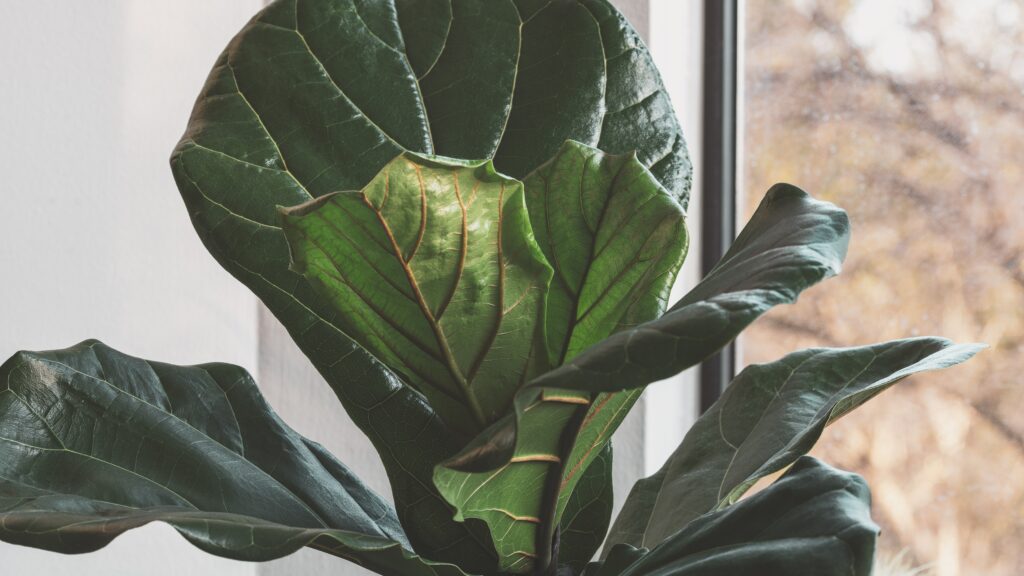
For any plant enthusiast, propagating a Fiddle Leaf Fig plant can be a fun and rewarding experience. However, to ensure the best possible outcome, it is crucial to choose the right time and tools for the process.
The optimal time to propagate a Fiddle Leaf Fig plant is during the spring or summer months when the plant is actively growing. During this time, the plant is more likely to produce new growth and roots, which makes it easier to propagate successfully.
To get started, you will need a few basic items, including a sharp pair of pruning shears, a clean container for rooting the cutting, and a rooting hormone to encourage root growth. It is essential to use sharp pruning shears to make a clean cut on the stem of the plant. This will prevent damage to the plant and ensure that the cutting is healthy and able to root successfully.
When selecting a container for rooting the cutting, ensure that it is clean and has drainage holes to prevent water from pooling and causing root rot. A clear container is also helpful as it allows you to monitor the progress of the cutting.
Using a rooting hormone can help to speed up the rooting process and increase the chances of success. Simply dip the cut end of the stem into the rooting hormone before placing it in the container.
By selecting the right time and tools for propagation, you can increase your chances of success and enjoy watching your Fiddle Leaf Fig plant grow and thrive.
Propagation Methods: Water Propagation vs. Soil Propagation
When it comes to the propagation of a Fiddle Leaf Fig plant, there are two primary methods that can be employed: water propagation and soil propagation. Each of these methods has its own set of advantages and disadvantages, and ultimately, the choice between them will depend on personal preference and the resources available.
Water Propagation of Fiddle Leaf Fig
Water propagation involves the placement of a cutting of the Fiddle Leaf Fig plant in a container of water, where it is left to wait for roots to form. This method is popular because it allows for easy monitoring of the progress of the roots, and the water level can be adjusted as needed. Furthermore, water propagation can be done year-round, regardless of the season.
Soil Propagation of Fiddle Leaf Fig
On the other hand, soil propagation involves planting the cutting directly into soil and waiting for roots to form. This method is more traditional and mimics the natural process of the plant growing in soil. However, soil propagation can be more challenging, as it requires the right soil mix and proper watering techniques to ensure the cutting takes root.
Regardless of the method chosen, it is important to exercise patience and care, as it can take several weeks or even months for the cutting to establish roots and begin to grow. Additionally, it is crucial to keep the cutting in a warm, humid environment and avoid direct sunlight until it has fully rooted. Ultimately, both methods can be successful in propagating a Fiddle Leaf Fig plant, and the choice between them will depend on the individual’s preferences and available resources.
Step-by-Step Guide to Water Propagation
The propagation of a Fiddle Leaf Fig plant through water is a process that is both simple and effective. To achieve this, there are a few steps that you need to follow.
Identify Cuttings to Take
First, you must select a healthy stem from the plant that you want to propagate. This stem should be at least 6 inches long and have a few leaves attached to it. Once you have chosen the stem, you must cut it at a 45-degree angle just below a node. This is a point on the stem where a leaf or a branch grows.
Make Your Cutting and Prep it for Water
After cutting the stem, you must remove the lower leaves, leaving only a few leaves at the top. This is important as it will prevent the leaves from rotting in the water. Next, you must fill a glass or a jar with clean water and place the stem in it. It is crucial to ensure that the bottom of the stem is submerged in the water.
Cycle Your Water
To prevent the growth of bacteria and algae, you must change the water every few days. It is essential to use clean water every time. After a few weeks, you should see roots growing from the bottom of the stem. To achieve this, you must place the glass or jar in a bright and warm spot, but away from direct sunlight.
Watch for Root Growth
Once the roots are at least 2 inches long, you can plant the stem in a pot with well-draining soil. It is important to water the plant regularly and place it in a bright spot with indirect sunlight. With a little patience and care, you can grow a new plant from a healthy stem using water propagation.
Step-by-Step Guide to Soil Propagation
Soil propagation is a widely used method for propagating a Fiddle Leaf Fig plant. This process involves taking a cutting from the parent plant and planting it in a pot filled with soil. To help you get started, we have put together a step-by-step guide to soil propagation.
Map Out Your Propagation Plan
First, you need to choose a healthy stem from the parent plant that is at least 6 inches long and has a few leaves attached to it. It is important to ensure that the stem is not too young or too old, as this can affect its ability to root. Once you have selected the perfect stem, it’s time to prepare the cutting.
Take Your Cuttings
Using a sharp, clean pair of scissors or pruning shears, cut the stem at a 45-degree angle just below a node. This is the point where a leaf attaches to the stem. It is also important to remove any leaves from the bottom 2-3 inches of the stem. This will help to prevent the cutting from drying out.
Prep Your Container
Next, it’s time to prepare the pot and soil. Choose a pot that is slightly larger than the cutting and fill it with well-draining soil. You can use a mix of potting soil and perlite or sand to improve drainage. This will help to ensure that the cutting has the best possible chance of rooting successfully.
Take Your Cuttings
Now it’s time to plant the cutting. Make a small hole in the soil with your finger or a pencil and gently insert the cutting into the hole. Firmly press the soil around the stem to ensure it is secure. This will help to prevent the cutting from moving around and will give it the support it needs to root successfully.
Water Your New Plant
After planting the cutting, it’s important to water it thoroughly. Make sure the soil is evenly moist but not waterlogged. This will help to ensure that the cutting has the best possible chance of rooting successfully. Once you have watered the cutting, place the pot in a bright, indirect light location.
Watch and Wait
Finally, it’s time to monitor and care for the cutting. Check the soil regularly and water as needed to keep it moist. Avoid overwatering, as this can cause the cutting to rot. After a few weeks, you should start to see new growth from the cutting, which is a sign that it has successfully rooted.
Soil propagation is a simple and effective way to propagate a Fiddle Leaf Fig plant. With a little patience and care, you can grow a new plant from a single cutting and enjoy the beauty of this popular houseplant in multiple locations.
Caring for Your Newly Propagated Fiddle Leaf Fig Plant
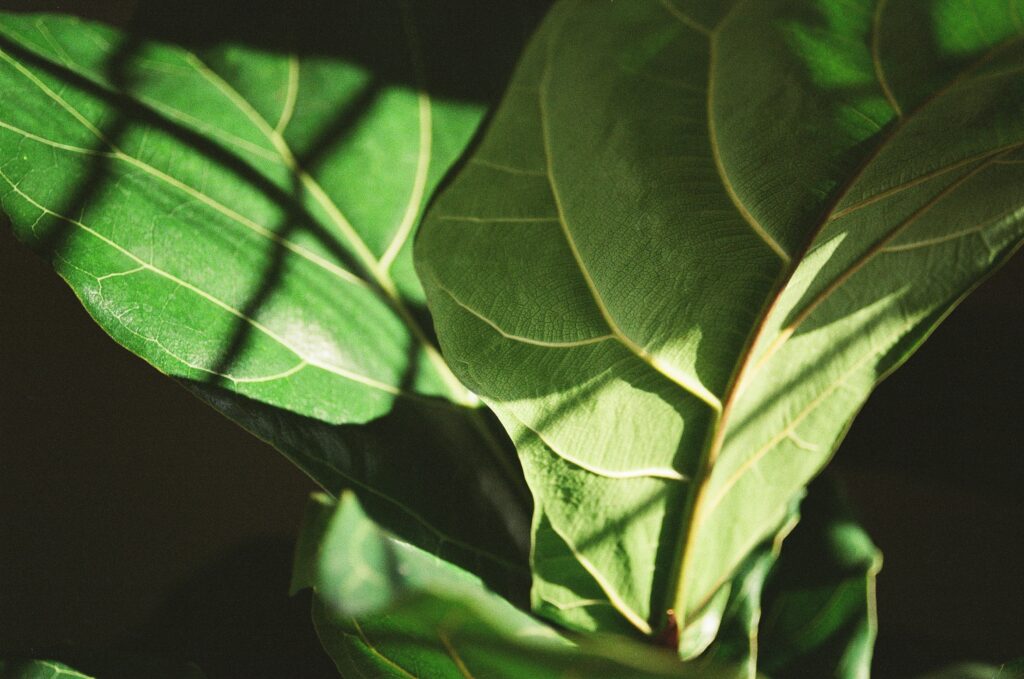
Now that you have a new plant, it’s crucial to take good care of it to ensure it grows into a healthy and thriving plant. Let’s dive into the care tips!
First, watering is essential for your newly propagated Fiddle Leaf Fig plant. However, be careful not to overwater it, as it can lead to root rot. Water the plant when the top inch of soil feels dry to the touch. Also, make sure the pot has drainage holes to prevent water from sitting in the soil.
Second, light is crucial for the growth of Fiddle Leaf Fig plants. They thrive in bright, indirect light. So, place your newly propagated plant in a spot that receives plenty of natural light. But, avoid direct sunlight as it can scorch the leaves.
Third, Fiddle Leaf Fig plants prefer a humid environment. So, consider placing a humidifier near your plant or misting it with water regularly.
Fourth, your newly propagated Fiddle Leaf Fig plant will benefit from regular fertilization. Use a balanced fertilizer every two to four weeks during the growing season (spring and summer) to promote healthy growth.
Last, pruning is essential to maintain the shape and size of your Fiddle Leaf Fig plant. Prune any dead or damaged leaves and trim back any branches that are growing too long.
By following these care tips, your newly propagated Fiddle Leaf Fig plant will thrive and grow into a beautiful and healthy plant. Enjoy watching it grow and flourish in your home!
Troubleshooting Common Propagation Problems
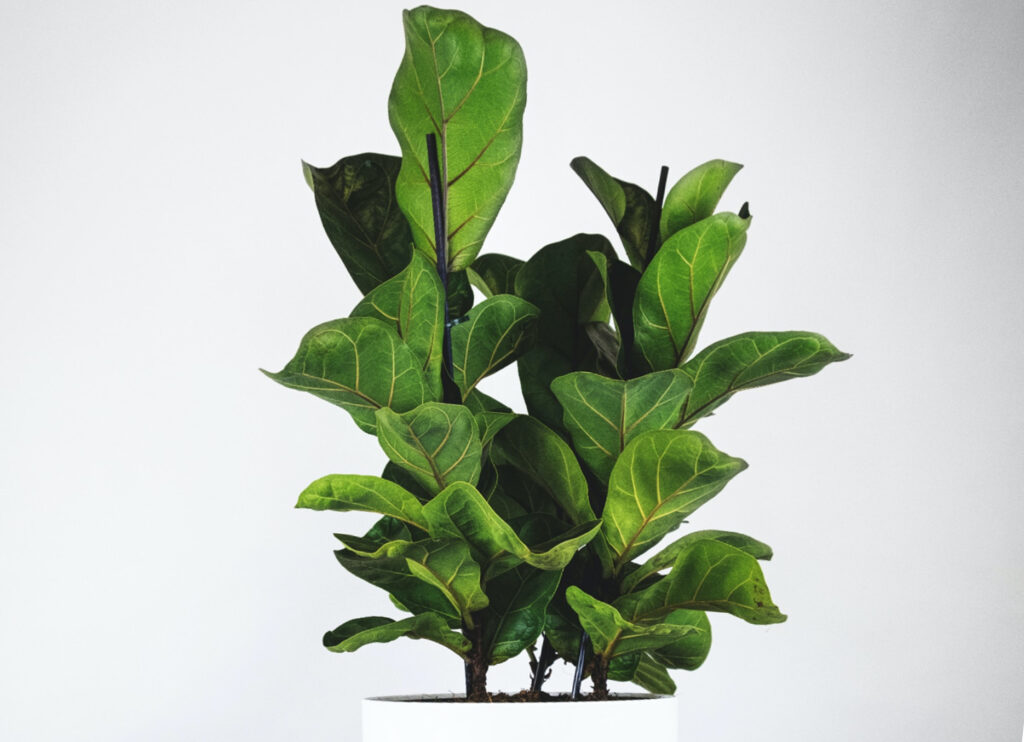
Propagating a Fiddle Leaf Fig plant can be a truly rewarding experience, but it’s not without its fair share of challenges. In fact, there are a number of common propagation problems that can arise, and it’s important to know how to troubleshoot them effectively.
One of the most common issues is root rot, which occurs when the soil is too wet and the roots begin to rot. This can be prevented by ensuring that the soil is well-draining and allowing it to dry out slightly between waterings. If you notice any signs of root rot, such as yellowing leaves or a foul odor, it’s important to remove the affected plant and replant it in fresh soil.
Another issue that can arise is a lack of root growth, which may be due to a lack of humidity. Fiddle Leaf Fig plants thrive in humid environments, so misting the cutting regularly or placing a plastic bag over it to create a mini greenhouse can be helpful. Additionally, using a rooting hormone can encourage root growth.
Leaf drop is another common problem during the propagation process, but excessive leaf drop may be due to a lack of nutrients or too much direct sunlight. Ensuring that the cutting is receiving enough light but not too much direct sunlight, and fertilizing the plant with a balanced fertilizer every few weeks can help.
Finally, mold or fungus can develop on the soil surface or on the cutting itself if the environment is too damp. To prevent this, it’s important to ensure that the soil is well-draining and avoid overwatering. Adding a layer of sand or gravel to the soil surface can also improve drainage.
By troubleshooting these common propagation problems, you can increase your chances of successfully propagating a healthy Fiddle Leaf Fig plant.
Conclusion and Final Tips for Successful Fiddle Leaf Fig Propagation
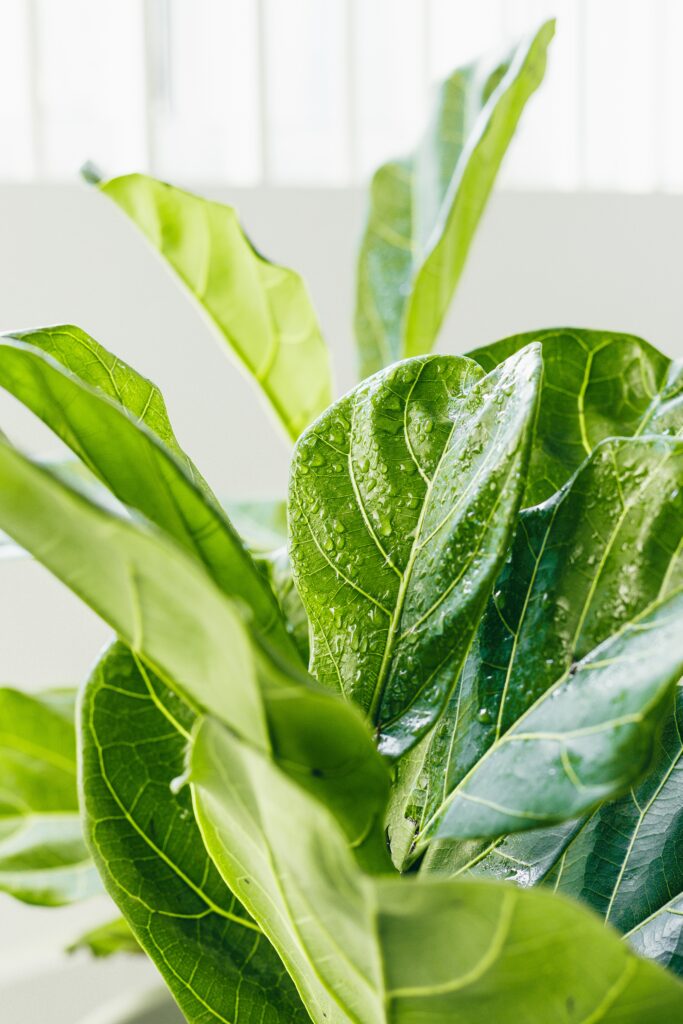
For those who are passionate about plants, propagating a Fiddle Leaf Fig can be an exciting and fulfilling experience. With the right tools, techniques, and a bit of patience, you can expand your collection and grow new plants from cuttings.
To ensure successful Fiddle Leaf Fig propagation, here are some final tips to keep in mind:
1. It’s important to choose a healthy and mature plant for cutting. The parent plant should be at least 6 months old and have several healthy leaves. This will ensure that the cutting has the best chance of survival.
2. When cutting the stem, it’s crucial to use a sharp and sterile cutting tool. This will prevent damage to the plant and reduce the risk of infection. A clean cut is essential for the cutting to take root successfully.
3. To encourage root growth, dip the cut end of the stem in rooting hormone powder. This will help the cutting to establish roots and grow into a healthy plant.
4. When planting the cutting, use a well-draining potting mix and keep it moist but not waterlogged. This will provide the cutting with the necessary nutrients and moisture to grow.
5. Provide bright, indirect light and warm temperatures for the cutting to thrive. This will help the cutting to establish itself and grow into a healthy plant.
6. Finally, be patient and wait for the roots to develop before transplanting the new plant into a larger pot. This will ensure that the plant has a strong root system and is ready to grow.
By following these tips, you can successfully propagate your Fiddle Leaf Fig plant and enjoy the beauty of this popular houseplant in multiple locations. So go ahead and give it a try – happy propagating!
Frequently Asked Questions
What is propagation?
Propagation is the process of creating new plants from existing ones. It involves taking a cutting or a part of the plant and encouraging it to grow roots and become a new plant.
When is the best time to propagate a Fiddle Leaf Fig plant?
The best time to propagate a Fiddle Leaf Fig plant is in the spring or summer when the plant is actively growing. This will give the cutting the best chance of success.
What type of cutting should I take?
You should take a stem cutting that is at least 6 inches long and has at least two leaves. Make sure to cut just below a node, which is where the leaf meets the stem. This is where the roots will grow from.
What type of soil should I use?
You should use a well-draining soil mix that is specifically designed for houseplants. A mix of peat moss, perlite, and vermiculite is a good option.
How often should I water the cutting?
You should water the cutting when the top inch of soil feels dry. Be careful not to overwater, as this can cause the cutting to rot. It’s important to keep the soil moist but not waterlogged.
How long does it take for the cutting to root?
It can take anywhere from 4-6 weeks for the cutting to root. Be patient and keep the soil moist during this time. Once the cutting has rooted, you can transplant it into a larger pot with regular potting soil.

